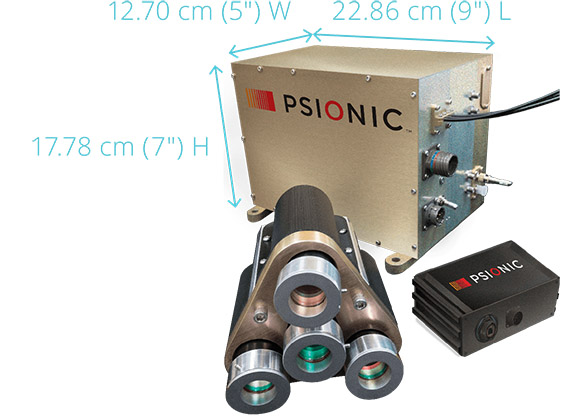Psionic Navigation Doppler LIDAR: Precision Navigation Sensor for Lunar Missions
PI: Steve Sandford, Psionic, LLC, Reuben Garcia (Co-I), Masten Space Systems Inc.
PI: Steve Sandford, Psionic, LLC, Reuben Garcia (Co-I), Masten Space Systems Inc.

- TA09 Entry, Descent and Landing Systems
Presently guidance, navigation, and control systems used for landings on asteroids, the Moon, or Mars typically relies on conventional radar, including its limitations on measurement and practical performance. This solution is an optical-based measurement system to safely bring crewed or robotic lunar landers to areas of scientific interest. In this experiment, researchers will seek to validate new landing sensor geometry, measurements, and algorithms. They will collect data for follow-up algorithm refinement and signal processing design, development, and validation.
The flight is intended to validate the feasibility of using PNDL in the context of an actual lunar lander mission. If successful, the technical risks related to flying PNDL on a spacecraft will be retired, and the technology will be ready for infusion into multiple future space missions. The final TRL is expected to be 5 or 6.
• Autonomous precision landing on the Moon, Mars, asteroids, etc.
• Rendezvous and proximity operations, with range extended up to 10 km
Technology Details
-
Selection DateTechFlights19 (Oct 2019)
-
Program StatusActive
- 3 sRLV
Development Team
-
PISteve Sandford
-
PI Organization
-
Co-IReuben Garcia
-
Co-I Organization
-
SponsorNASA
-
More Information

